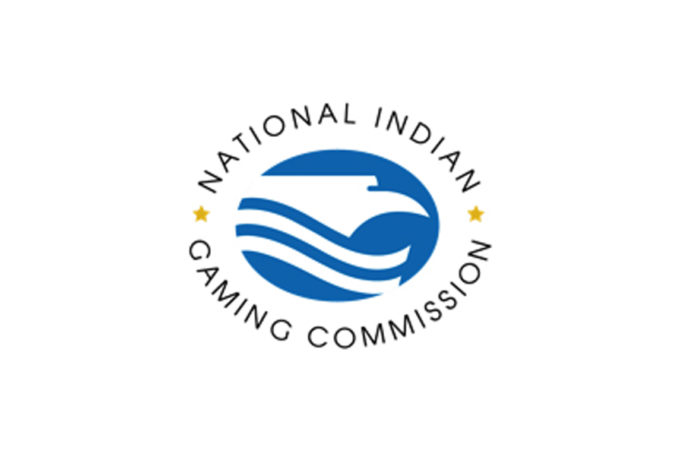WASHINGTON, D.C. – NIGC Chairman E. Sequoyah Simermeyer recently announced the “3 For 35 Project: Regulating for the Future,” at the Indian Gaming Association (IGA) Tradeshow and Convention during the IGA Membership Meeting. The NIGC 3 For 35 Project is a campaign to promote preparedness in the regulatory community’s workforce. A commitment to assess and plan for the next generation of regulators will encourage all Indian gaming regulatory bodies to identify risks and anticipate opportunities for Indian gaming’s continued successful regulation in the future. The initiative encourages awareness across the regulatory community and supports a 35-year-old affirmation of governmental interests in tribal self-sufficiency and greater self-governance through Indian gaming.
The project’s three components focus on strategic recruitment, knowledge retention, and skills planning. Strategic recruitment helps reduce the threat to a regulatory body’s continuity of operations because of an unstable workforce while it broadens a community’s pool of professional skills. Knowledge retention efforts include utilizing cross-training, internal policy reviews, data retention, and other long-term planning to prepare for the loss of key subject-matter experts in a regulatory team. Skills planning supports regulatory bodies’ efforts to create a more efficient team ready to address new threats.
“On February 25, 1987, the Supreme Court of the United States affirmed tribal governments’ distinct authority over gaming on Indian land,” said Chairman Simermeyer. “Since that time, the Indian gaming industry has grown in sophistication and complexity. Indian gaming’s regulatory community has the opportunity to build on the knowledge learned during the last 35 years in order to ensure the regulatory workforce is ready for the future.”
The NIGC 3 For 35 Project aims to inspire discussion and highlight efforts to emphasize regulatory bodies’ workforce preparedness. “Preparedness is essential to support the continued success and growth of a well-regulated Indian gaming industry,” said Simermeyer.
















































